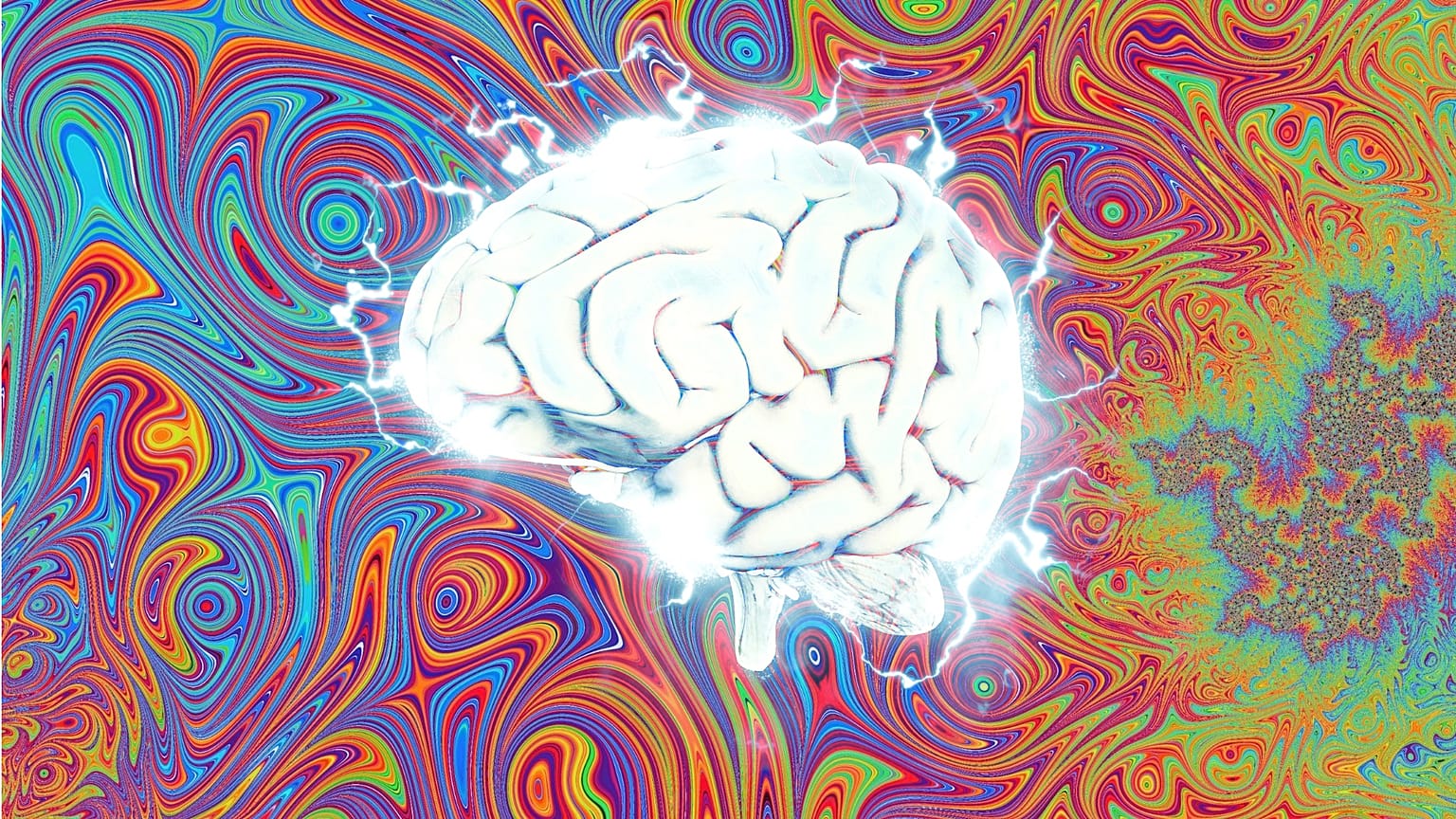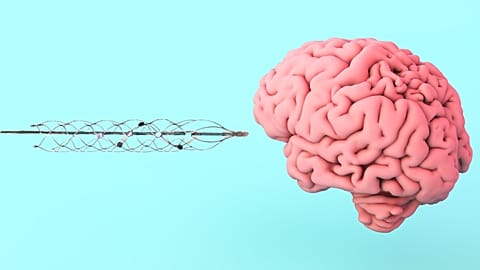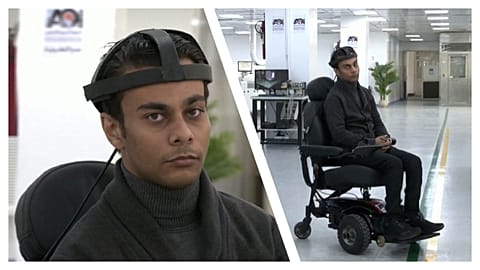People on DMT trips had their brains scanned to see what changes to their high level functions were taking place.
Advanced brain scans have shown how a powerful psychedelic drug increases connectivity in areas of the brain linked to higher level functions, such as imagination.
Hoping to gather new insights into how psychedelics alter a person’s conscious experience, scientists conducted an experiment with DMT (dimethyltryptamine).
This is the natural psychedelic used in ayahuasca ceremonies, where participants drink a brew in a spiritual ceremony typically led by a shaman.
The study, published in the journal PNAS, is the first to track brain activity before, during and after the DMT experience in such detail.
Unlike other well-known psychedelics such as LSD or psilocybin, DMT’s effects on the brain are brief, lasting only a few minutes instead of hours.
The drug produces intense altered states of consciousness, and people who have taken it often see vivid and bizarre visions, or feel they have visited alternate realities or dimensions.
It has been unclear however how the compound actually alters brain function to account for these effects.
To find this out, the researchers from Imperial College London scanned the brains of 20 healthy volunteers, who were given relatively high doses of DMT by injection.
Increased communications between brain systems
Two types of scans were taken of the participants’ brains before, during, and after the trip: functional magnetic resonance imaging (fMRI) and electroencephalography (EEG).
FMRI measures small changes in blood flow that occur with brain activity, while an EEG is conducted by attaching small sensors to a person’s scalp to pick up electrical signals produced by the brain.
The total psychedelic experience lasted about 20 minutes, and at regular intervals, volunteers provided a rating of the subjective intensity of their experience on a scale of one to 10.
The fMRI scans showed changes to activity within and between brain regions, with more communication between different areas and systems. The changes were most prominent in areas linked to what are called higher level functions, such as imagination.
“This work is exciting as it provides the most advanced human neuroimaging view of the psychedelic state to-date,” said Dr Chris Timmerman from the Centre for Psychedelic Research at Imperial College London, who is the lead author on the study.
“One increasingly popular view is that much of brain function is concerned with modelling or predicting its environment. Humans have unusually big brains and model an unusually large amount of the world”.
He gave an example of how when we look at optical illusions our brains are actually filling in blanks based on what we already know.
“What we have seen with DMT is that activity in highly evolved areas and systems of the brain that encode especially high-level models becomes highly dysregulated under the drug, and this relates to the intense drug ‘trip’”.
Relating brain activity to conscious experience
While it’s not the first study to image the brain during a psychedelic trip, it is the first to combine the two imaging techniques to study what happens.
The researchers said work provides further evidence of how DMT - and psychedelics more generally - exert their effects by disrupting high level brain systems.
“Motivated by, and building on our previous research with psychedelics, the present work combined two complementary methods for imaging the brain imaging. fMRI allowed us to see the whole of the brain, including its deepest structures, and EEG helped us view the brain’s fine-grained rhythmic activity,” Professor Robin Carhart-Harris, founder of the Centre for Psychedelic Research at Imperial College London, said.
“Our results revealed that when a volunteer was on DMT there was a marked dysregulation of some of the brain rhythms that would ordinarily be dominant. The brain switched in its mode of functioning to something altogether more anarchic”.
He added that psychedelics are powerful tools for understanding how brain activity relates to conscious experience.
The researchers are continuing to explore how to prolong the peak of a psychedelic experience using continued infusion of DMT.


















